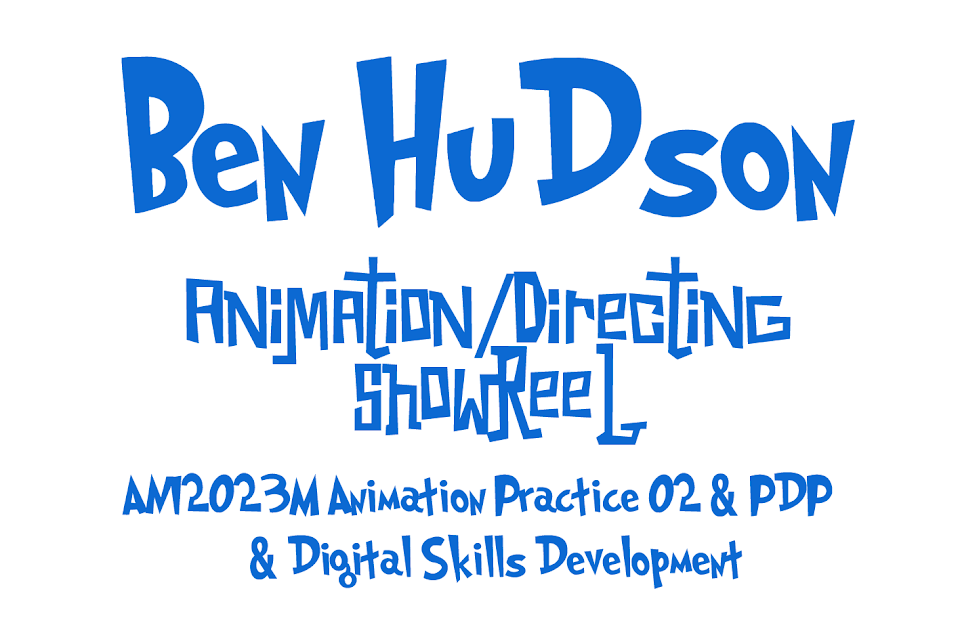Links on Demo reel's and FAQ's on Demo-Reels...
Studio of interest to me, Blue-Zoo...
http://www.blue-zoo.co.uk/jobs/
http://www.digitaltutors.com/11/demoreel.php
http://www.animallogic.com/#Jobs,FAQ
http://www.pixar.com/careers/Career-FAQs
Pixar - What do you look for in Animators?
One of the most common questions Pixar receives nowadays is, “How can I become an Animator at Pixar?” There’s really no good answer that’s both short and useful, so we’ve put together some information tohopefully provide guidance for people who dream of being involved in Pixar's animation process. Pixar places the technology of computer graphics firmly at the service of the art of animation, not the other way around. This priority is expressed clearly in Pixar’s production process, in which the Animators specialize in animation, with virtually all technical concerns handled by Technical Directors. The implication of this structure and this value system is what Pixar looks for first and foremost in Animators—we want you to be able to bring the character to life, independent of medium. Computer-graphic technical prowess is of course important, but the emphasis is not as strong within the Animation Department.
The reality is that computer graphic animators have no advantage over pen-and-ink animators, clay
animators, stop-motion animators, etc. So while it’s preferable for someone to have 3D knowledge, it’s
not paramount. In fact, three-quarters of the Animators on Toy Story were new to computers when hired.
A common question is, “What software should I learn?” The answer is implied by the above: “Software
doesn’t matter; learning to animate matters.” Still, you might expect that learning the software that Pixar
uses would give you a leg up. However, even this isn’t true: Pixar uses its own proprietary software. Your
knowledge of basic animation fundamentals is the foundation for your computer training,
not the other way around.
A Pixar Animator should be able to bring life to any object or character, showing the character’s internal
thoughts and feelings through its physical external motion. To do this, the Animator must be a good actor.
His or her work should communicate clearly, containing simple ideas with which an audience can empathize.
The animation should be entertaining to watch, employing good timing and relying on individualized, believable
characters to put forth humor and emotion. The Animator also needs an understanding of physical motion.
Knowledge of weight, balance, overlap, texture, and form should be evident in the work. In fact, in evaluating a
prospective Animator, Pixar relies very heavily on the demo reel presented by the candidate.
"I'd rather see 15 seconds of amazing animation than 3 looooooooooong minutes of an unwatchable film.
Those 3 minutes can feel like an eternity if everything isn't perfect."
"You’re applying for Animation? Well—show me good animation! Show me acting.
Show me thinking. Show me a character that is alive. I don't care about lighting, modeling, shading, particle effects,
or how clever you are. Blow me away with something I've never seen. An original character with
a distinct personality!"
Employers often look for life drawing and real life observational drawings that display a sense of weight and proportion in a variety of poses - that demonstrate that the prospective employee understands the way that real life anatomical fundamentals work so that they can then use this gift and translate it stylistically onto the screen in a piece of Animation performance.

No comments:
Post a Comment